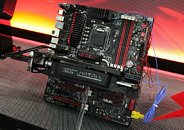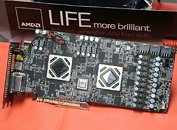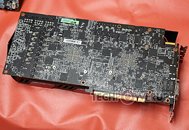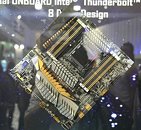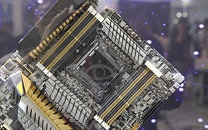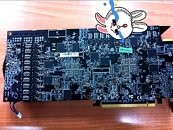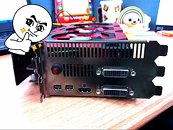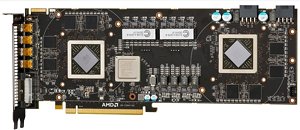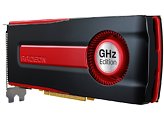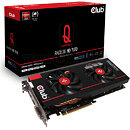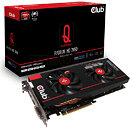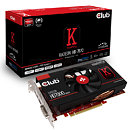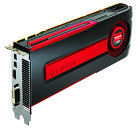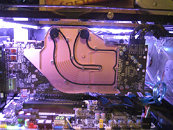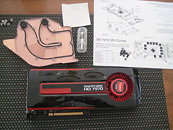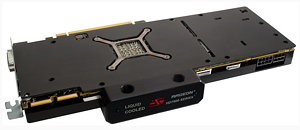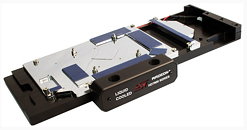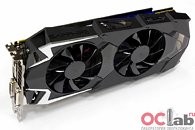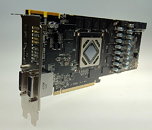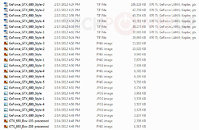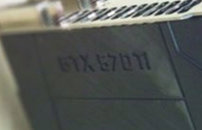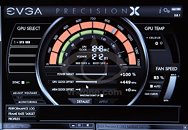
AMD Readies Trio of New Radeon HD 7900 Series SKUs
Apart from a few Radeon HD 7970 "X2" dual-GPU graphics cards, and a few non-reference design HD 7970, we didn't hear much about new Radeon SKUs, at Computex. AMD or its partners never even talked about the Radeon HD 7990. It appears now, that the company is working on three new SKUs that will likely replace existing ones, in a bid to replenish the competitiveness of its "Southern Islands" GPU family. The three new SKUs include the Radeon HD 7990, of which we've been hearing for a greater part of this year; the Radeon HD 7970 GHz Edition, which we knew was taking shape for some time now; and the new Radeon HD 7930.
Launch of the Radeon HD 7990 has been facing quite a few delays. We can't imagine technical hurdles with regard to board design, but the performance yield, and performance-per-Watt figures the SKU will have to produce, to ever make it to the market. The HD 7990 has the tough task of performing within an acceptable range of the GeForce GTX 690, on both these fronts.
Launch of the Radeon HD 7990 has been facing quite a few delays. We can't imagine technical hurdles with regard to board design, but the performance yield, and performance-per-Watt figures the SKU will have to produce, to ever make it to the market. The HD 7990 has the tough task of performing within an acceptable range of the GeForce GTX 690, on both these fronts.










